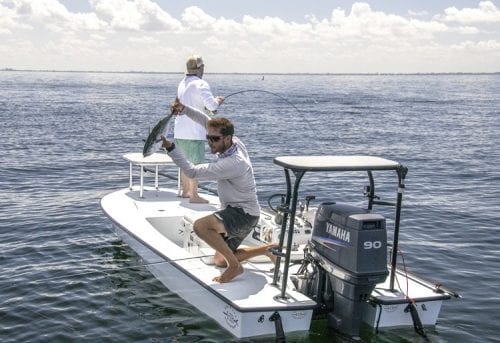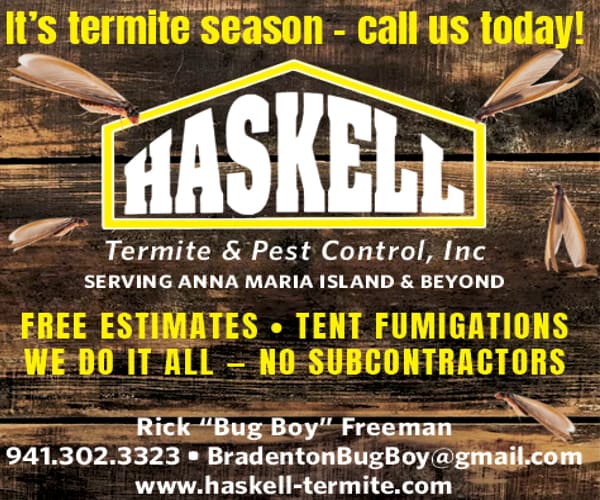Talk of catch and release was once common among anglers. These days I’m seeing and hearing less about it and some of the postings in social media make me wonder if this important conservation tool needs to be revisited.
Catch and release wasn’t always something you heard about around sportfishing circles. It became prevalent when fish populations became stressed in the late 1980s and organizations like the Florida Conservation Association (now the Coastal Conservation Association) were being formed. Slowly it caught on as an important tool to help flagging fisheries rebound.
Most anglers I know who practice catch and release have no problem with taking an occasional fish home for dinner. It’s more about enjoying the sport and trying to be proactive in helping it to remain healthy and viable. There are many species that have little or no food value that anglers seldom intentionally kill.
But catch and release is not just about releasing fish that you don’t want; it’s also about releasing undersized species. Catch and release is a wise use of the resource, but, unfortunately, many anglers don’t know why it’s important or how to properly handle fish.
When we get cut or bruised, we can head for the local drug store or in more extreme cases the emergency room. Not so for fish. For them it’s heal or die, and in their world it’s the sick and wounded that fall prey to predators. It’s a shame not to release a big speckled trout full of roe, but worse when you do and it’s eaten by a shark, barracuda or other predator because it wasn’t handled properly. Releasing fish with a minimum of damage is important with a 6-pound trout, a 150-pound tarpon and everything in between.
The first thing to do is make sure you’re using the right tackle for the species being pursued. Trying to land a 100-plus-pound tarpon on 20-pound tackle might be OK if you’re experienced, but to the uninitiated it’s like announcing a free meal to sharks that ply local waters looking for weak or injured prey. You want to enjoy the action, but landing fish as quickly as possible is important to their survival.
Once you have the fish subdued, the best course is to never take them out of the water. If you’ve been fighting a big fish, like a tarpon, for a long time make sure you have revived them alongside the boat. This is best done by slowly moving the boat forward while holding the fish. This forces water and oxygen through their gills. They’ll let you know when they’re ready to go. Other fast-swimming fish like little tunny, kingfish and Spanish mackerel need to be released quickly and launched head first to give them a head start.
The hook is another important consideration. Circle hooks and barbless hooks are good for anglers and fish. Circle hooks are a must for fragile fish that tend to swallow hooks, speckled trout being a good example. These hooks are designed to lodge in the fish’s jaw and there’s no need to set the hook.
Once a circle hook is set it seldom comes out. Some anglers don’t like to bend their barbs down because they’re afraid the fish will spit the hook. The key to keeping fish on a barbless hook is to keep the line tight. Whatever hook you use, a de-hooker will prevent you from having to handle your catch, keep your hands clean and prevent you from inadvertently harming the fish’s protective mucus membrane.
Fish secrete a protective coating that covers the scales and skin. This acts as a defense against invasion by bacterial, parasitic and fungal pathogens. De-hookers come in various shapes depending on how they’re used. The simplest is J-shaped and removes hooks in or near the jaw. A circular shaped longer version allows anglers to remove hooks that are deep in the throat of a fish. A set of pliers can also be used if the hook is easily accessible.
Anglers who fish for reef fish like snapper and grouper need to learn how to vent fish with inflated swim bladders. Bringing the fish up from deep depths quickly bloats their bladder, which has to be punctured to allow the fish to reach the bottom. A good presentation of the process can be found on YouTube.
Anglers that release a trophy-sized fish may want to take home a picture. Some forethought will assure a good image and a healthy fish. Set your exposure in advance and have an idea where in the boat you want to take the picture. The best option, especially for large fish like tarpon, would be while it’s still in the water. If it’s a smaller fish and you do remove it from the water, hold it horizontally with one hand near the head and the other hand under the fish’s belly to support its weight. Holding a fish vertically puts a strain on the internal organs and can potentially dislocate its jaw. This is particularly important with larger fish.
By being prepared, anglers can release their catch fast helping to ensure its chances of survival. Taking the time and having the tools and knowledge to release fish properly is a great way to help ensure a healthy resource both now and in the future. Catch and release is an important concept that needs to be practiced and discussed among anglers.
































